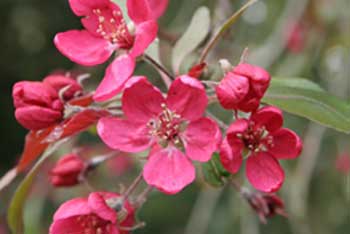Spring Colour Watch Blog: such a lot of spring!
There has been rather a lot going on as far as spring colour watching goes this week. Here are two takes from two members of the Forestry Commission team at Westonbirt on the best of what our 240 hectares have to offer right now…
Unusual flowers and lovely leaves in the Old Arboretum, by Gina Mills, Marketing Officer
Shouting loudest in this carefully planted part of Westonbirt's landscape at the moment are the rhododendrons. Rhododendron augustinii and R. 'Prince Camille de Rohan' are looking particularly splendid and are easy to find near Dukes Cut as you walk along Loop Walk.
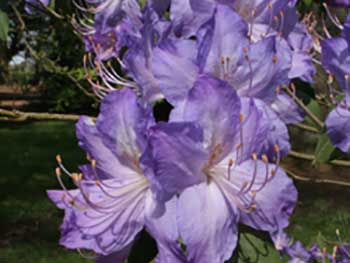
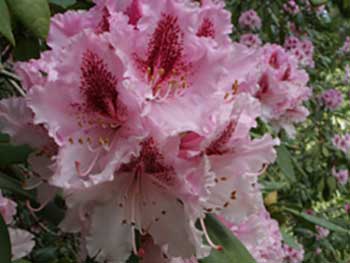
If you are heading down Main Drive, you'll see a rhododendron blooming right next to a Wellingtonia - you'll see some interpretation nearby which talks about this tree as 'our big baby' - it has rich orangey bark which contrasts with the rhododendron's purple blooms. Also pictured is the delicate Rhododendron davidsonianum 'Serenade', on Loop Walk.
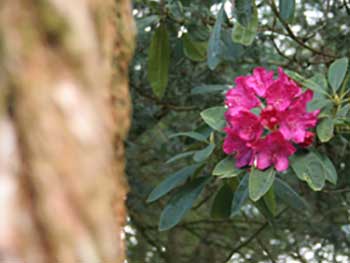
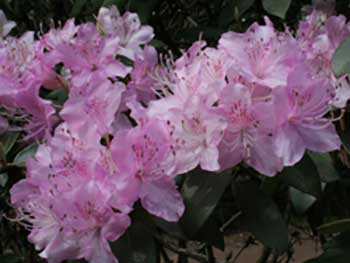
There are some other unusual flowers to look out for, in the form of hybrid fruit trees such as this magenta flowering hybrid crab apple (Malus x purpurea) near where Pool Avenue meets Jackson Avenue and this willow leaved pear (Pyrus salicifolia) on Holford Ride - named for obvious reasons.
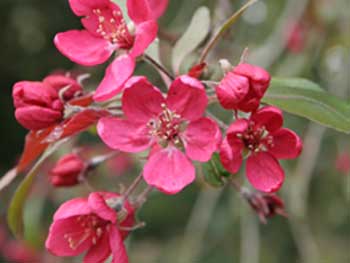
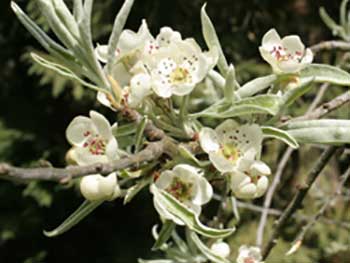
Aside from flowers, we are now able to celebrate leaves as the arboretum comes into a lush green phase. Look out for our maples, such as this Acer palmatum 'Momoira Kohya San' on Loop Walk, or just take a stroll through Acer Glade where many shades of red and green are emerging.
There are also new leaves appearing on the tulip trees on Jackson Avenue - the leaves have a most unusual shape and are a reminder of the green-tinted shade they'll offer in the blistering summer sunshine later in the year.
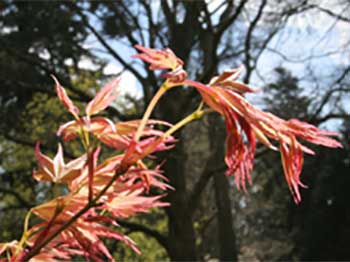
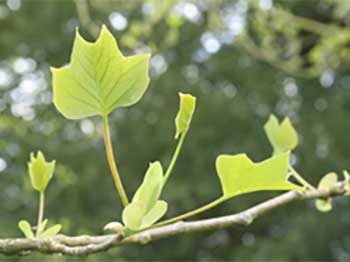
A wander along Willesley Drive in Silk Wood, by Katrina Podlewska, Communications Manager
Attention in Silk Wood this week turns to Willesley Drive; the long path leading up from the Plant Centre to the junction of Green Lane and Broad Drive.
The spring seasonal trail takes in the length of the drive. As you wander along, you cannot help but feel that spring is here: fresh, bright green leaves are coming into leaf and the flowering trees along the spring seasonal trail are either in bloom or on their way.
As you turn in from Broad Drive, the first stop on the trail you come to takes in the Yoshino cherry, one of the most popular white flowering cherry trees, and the snowdrop tree.
The close proximity of these two spring flowering trees contrasts with their very different origins.
The snowdrop tree (Halesia carolina) on the left, is a wild woodland species from south-eastern USA, while the Yoshino cherry (Prunus x yedoensis) on the right, is a highly cultured hybrid resulting from a cross between spring cherry (P. subhirtella) and Oshima cherry (P. speciosa).
The cherry flowers first with almond-scented white flowers, the snowdrop tree will flower in May, its pendulous bell-shaped flowers living up to its name.
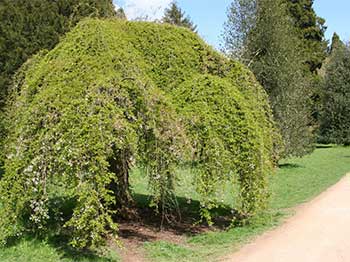
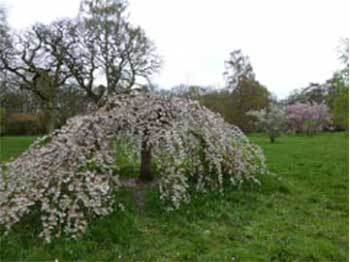
Another flowering cherry greets you further on down the path, the Prunus ‘Shirotae’, or Mount Fuji cherry, which was introduced to Britain in the 1900s - the first specimen was planted at Westonbirt in March 1931. Although it doesn't survive, there is a tree dating from 1941 which appears to be a descendant, having been home grafted here at Westonbirt.
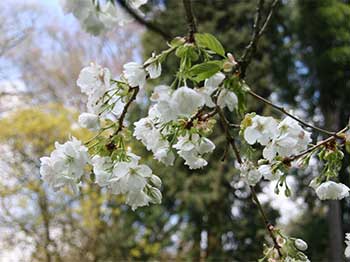
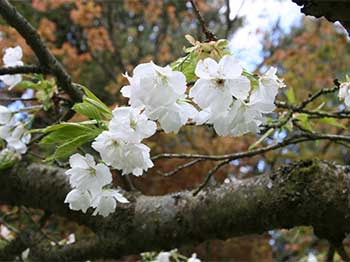
A tree just on the verge of coming into flower is the manna ash at the next seasonal trail stop.
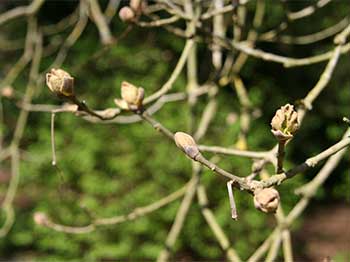
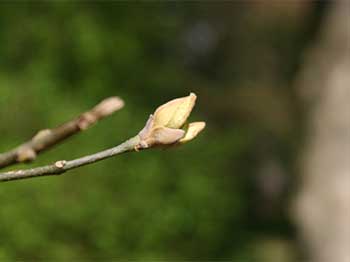
Although similar in appearance to our native ash, this manna ash (Fraxinus ornus) belongs to a group known as the flowering ashes for their showy, insect-pollinated flowers which appear as white plumes in early spring.
It is a smaller tree than our native species and has grey, rather than sooty black buds. The name ‘manna’ comes from the sap that contains an alcohol known as mannitol, which is used medicinally and as a sugar substitute. In Italy, plantations of manna ash are cultivated to produce the substance commercially.
Useful links
More information about spring at Westonbirt
Become a member of the Friends of Westonbirt Arboretum
